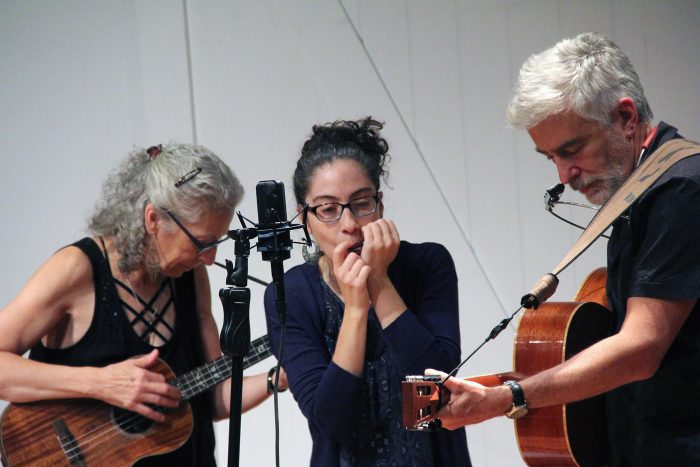The Robert David Lion Gardiner Foundation is pleased to announce it has donated a total of $8,098,574 in grants to historic organizations across Long Island and beyond during calendar year 2024. Grant recipients were recognized during two rounds of awards luncheons hosted by the Smithtown Historical Society in June 2024 and Old Westbury Gardens in December 2024. Grants will be used by a variety of Long Island historic sites to fund initiatives ranging from educational programs and exhibitions to publications, scholarships, and construction and renovation projects.
Recipients of the First Round 2024 Grant Awards are:
Association of Public Historians of NYS
Byrd Hoffman Water Mill Foundation
Caumsett Foundation, Inc.
Cold Spring Harbor Laboratory
Cow Neck Peninsula Historical Society
Fraunces Tavern Museum
Greater Westhampton Historical Museum
Long Island Children’s Museum
Long Island Library Resource Council, Inc. – Long Island and NY State History Day
Long Island Museum of American Art History and Carriages
Long Island Seaport and Eco Center
Montauk Historical Society
New York University
Queens Museum
Waterfront Museum
Whaling Museum & Education Center
Recipients of the Second Round 2024 Grant Awards are:
Friends of Raynham Hall, Inc.
Jewish Historical Society of Long Island
Long Island Library Resource Council, Inc. – Long Island History Day
Long Island Maritime Museum
Nassau County Museum of Fine Art
New York Historical Society
Sag Harbor History Museum
The Church
The Cooper Union
The following organizations received grants as part of the Gardiner Foundation’s new Challenge Match Grant program. The program recognized each organization’s fundraising efforts by matching up to $10,000 raised for new offerings during 2024.
Conscience Point Shellfish Hatchery, Corp.
Fireboat Firefighters Museum
Friends of Lakeview Cemeteries
Historical Society of Greater Port Jefferson
Historical Society of Islip Hamlet
Long Beach Historical and Preservation Society
Mattituck Laurel Historical Society
Miller Place Mount Sinai Historical Society
North Sea Community House
Oyster Bay Railroad Museum
Quogue Historical Society
Rocky Point Historical Society and Museum
Victor D’Amico Institute of Art
Wading River Historical Society
The Gardiner Foundation also awarded $1,600 to each of 35 historic organizations for employing young people as part of the 2024 Gardiner Young Scholars Program. To learn more about the program, visit https://www.rdlgfoundation.org/news/77.
“Fulfilling the historic educational vision of Bob Gardiner is a great privilege for our Board and all at the Foundation,” said Kathryn M. Curran, Executive Director of the Robert David Lion Gardiner Foundation.
ABOUT THE ROBERT DAVID LION GARDINER FOUNDATION
The mission of the Foundation is to educate, cultivate and encourage the study and understanding of Long Island and New York’s historic role in the American experience. The Foundation also supports scholarships and historic preservation, including study, stewardship and promotion of Long Island’s historic educational aspects. The Foundation was established by Robert David Lion Gardiner in 1987. Robert David Lion Gardiner was, until his death in August 2004, the 16th Lord of the Manor of Gardiner’s Island, NY. The Island was obtained as part of a royal grant from King Charles I of England in 1639. The Gardiner family and their descendants have owned Gardiner’s Island for 385 years. The Island remains private and is owned and maintained by direct Gardiner descendants to this day. The Robert David Lion Gardiner Foundation remains inspired by Robert David Lion Gardiner’s personal passion for Long Island and New York history. Since 2015, the Foundation has awarded over $45 million to support historical societies, museums, archives, research, scholarships and renovation, restoration and adaptive reuse of historic sites.
















